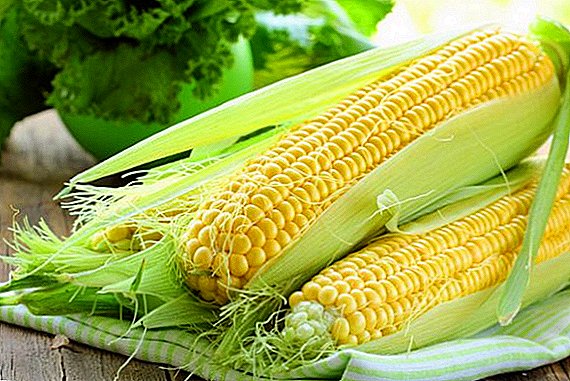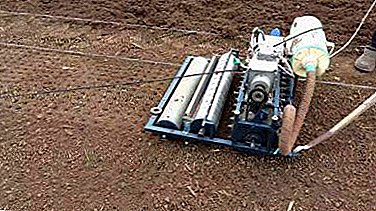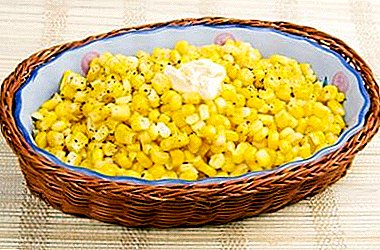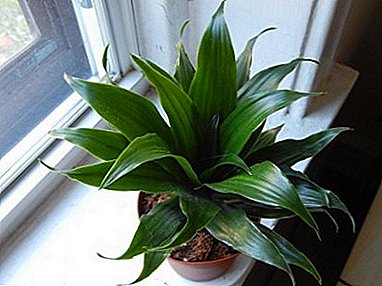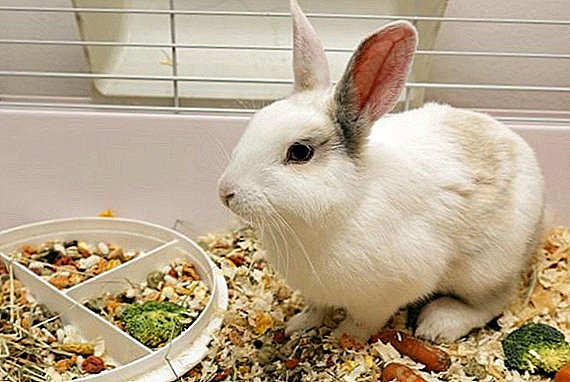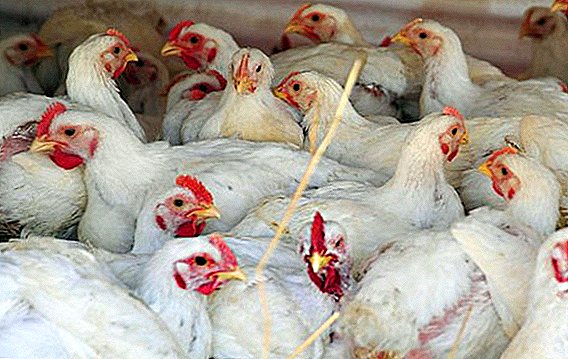 Breeding chickens to produce meat gave impetus to breeders in the work on improving the breeds of poultry, namely, to accelerate their growth, to gain muscle mass.
Breeding chickens to produce meat gave impetus to breeders in the work on improving the breeds of poultry, namely, to accelerate their growth, to gain muscle mass.
One of the broiler breeds is ROSS-708.
On the features of the cross and growing conditions talk today.
Selection
The brand is known worldwide for broiler production "ROSS" owned by "Aviagen", engaged in breeding, raising and supplying chickens around the world. The head office is located in the UK, there are representative offices in Europe, the USA, Russia, Latin America, Turkey and other countries. 
ROSS-708 is a hybrid, bred as a result of linear cross-breeding of several breeds, characterized by rapid growth. The following meat breeds were originally used as broiler parents: Boytsovy Kornish, New Hampshire, Langshan, Jersey Black Giant and Brahma.
Familiarize yourself with the best breeds of broilers, how to properly maintain and feed broilers, how to grow the Hubbard broiler breed.
A couple of stages of crossing several lines of their descendants, given the compatibility of the breeds, led to the breeding cross.
Did you know? Word "broiler" comes from english "broil"that literally translates to "fry on fire."
Appearance and physique
Outwardly, it is a large, wide-breasted bird, with powerful paws and wide bones. The head is small, the beard and comb are red. The beak is curved, yellow. The neck of a bird is of medium length, smoothly moving into a sloping back. 
The tail is short, slightly raised. Paws are powerful, with long fingers, yellow skin. White plumage, feather tight to the body.
Productive qualities
The productivity of the ROSS-708 evokes the confidence of both small households and huge poultry farms.
Precocity and taste of meat
Chickens are distinguished by high precocity: per day gaining up to 58 grams. Already at the age of thirty-five days their weight can reach 2.9 kg, on reaching the age of forty days the weight can correspond to 3.7 kg.
Carcass The broiler is distinguished by a small number of bones, a large dense breast and large legs. Leather the carcass is light, with such a rapid growth it does not have time to turn yellow. Meat possesses high taste characteristics, moderately soft and juicy. 
Important! Keeping a chicken for more than 60 days is not recommended: at this age mark weight gain stops, and the taste of meat may deteriorate.
Egg production
In broilers, in principle, low egg production, but large hens of this cross are excellent hens, in addition, the hybrid has high hatchability of eggs from the incubator.
Learn how to increase egg production in chickens, what vitamins to choose for egg production in laying hens.
What to feed
For a quick weight gain, chickens need a balanced feed, rich in mineral and vitamin supplements, grain and greens.
Chickens
Newborn chickens are fed with cottage cheese and boiled egg, from three days - chopped oatmeal. You need to drink water, and decoction (chamomile). Five-day injected greens (vegetable tops, yogurt), bran.
It will be helpful for you to learn how to properly feed broiler chickens, why broiler chickens die and how to treat infectious and non-infectious diseases of broilers.
Upon reaching the ten-day age, the bird is given crushed grains, boiled vegetables, and chalk and crushed shell are added. 
Adults
Adults are fed:
- cereals;
- boiled vegetables;
- add tops of vegetables, dandelion greens;
- prepare mash (on cottage cheese or yogurt);
- fruit (apples);
- fish waste.
Water in the drinkers should be boiled, for the prevention, you can add potassium permanganate.
Important! It is not advisable to eat beet tops or beet root crop: it has a laxative effect.
Content Features
The first ten days of young animals can be kept in a cage, but after that it is desirable to transfer to a spacious room. 
In the rooms
The house should be spacious, taking into account the estimated number of livestock, dry and warm. For chickens, the recommended temperature is + 32 ° С, for adults - + 24 ° С, humidity is not lower than 60%.
Learn how to choose a chicken coop, how to make a chicken coop with your own hands, how to equip a chicken coop for the winter, how to make a roost and do it yourself.
The room should have air vents for airing or another ventilation option, should also be protected from the penetration of rodents. Before settling the bird, it is necessary to carry out a disinfection procedure.
The litter on the floor is made from natural materials: sawdust, straw. It needs to be changed regularly. The thickness of the litter is regulated depending on the basis of the floor and the temperature in the room. The house is equipped with heating and lighting devices, both for adults and for young animals.
In cages
The design of the cell should allow you to quickly and accurately remove it, change the litter, remove waste products. The best option is a retractable pallet. 
The cells themselves should be placed in a warm, dry room, as drafts and moisture for young birds are destructive. Illumination is sufficient at 40 W, fresh air is required.
The size of the cage is calculated on the basis of the following parameter - no more than a dozen chicks per m2, as more space needs to grow.
Did you know? Despite the widespread opinion about the stupidity of the chicken, this is not entirely true. Domestic individuals are able to memorize the host, orient themselves in time of day, determine the time of feeding, and remember their fellow tribesmen. If for a while one of the birds is picked up and then returned, it will be recognized and accepted. At the same time, a stranger can be wary and even aggressive.
Chicken meat, including broiler meat, is a dietary product with many advantages, and broth has long been used as a therapeutic agent. The advantages of this breed are unpretentious, high productivity and minimum cost of maintaining the poultry.


